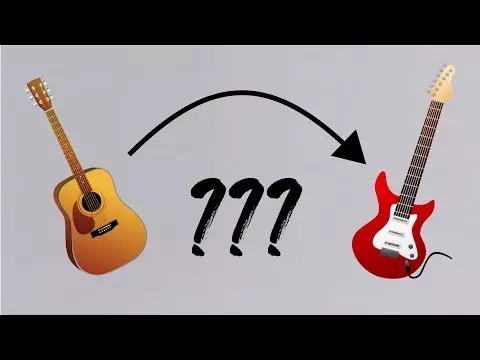
Switching from a traditional acoustic violin to an electric violin can be exciting. However, it’s a big leap that you need to prepare for. Part of getting ready is learning about the differences between the two instruments together with the technical adjustments required. By understanding these, you’ll know how you can have a hassle-free transition.
Differences Between Acoustic and Electric Violins The first thing you need to understand is the differences between acoustic and electric violins.
Acoustic violins are referred to as the classic violins, which you typically see in orchestras. The sound can be produced naturally by playing the strings with a bow. It has a classic shape, lightweight, has fewer feedback issues, and is perfect in classical, folk, and traditional music.
Meanwhile, an electric violin is the modern and high-tech version of a violin. Based on its name, this type of violin uses electricity, particularly a battery or an amplifier so it can produce sound.
The good thing about electric violins is that they are capable of doing cool effects and various sounds that an acoustic violin can’t. It has a sleek and modern design, can be heavy depending on the materials used, is prone to feedback, and is ideal for jazz, rock, and electronic music.
Technical Adjustments When Transitioning to an Electric Violin
Transitioning from an acoustic to an electric violin involves some minor and major technical adjustments. This can be challenging and to give you a few, here it is.
Pick an appropriate amplifier for your electric violin depending on the music you want to play and the venue you’re playing.
Learn how to adjust and set your amplifier settings like tone, volume, and other built-in effects.
- Find out the right balance when it comes to bowing and speed since electric violins
respond differently to bow pressure. - Prepare for feedback issues by learning doing sound checks, positioning, and using
feedback suppressors or equalization. - Explore different effect pedals and how to use them to enhance your sound.
- Develop your left-hand technique essential in accommodating any differences in string height.
Challenges and Benefits of Performing with an Electric Violin
Performing with the best electric violin can be such a thrilling experience. Part of mastering the electric violin is meeting its challenges and benefits.
One major challenge in playing an electric violin is the setup since it requires amplification and heavily relies on complicated electronic setups. It’s also susceptible to feedback issues, expensive compared to its traditional counterpart, and requires different playing techniques.
Meanwhile, some benefits involve its versatility in a wide range of sounds and you can explore a variety of effects and creativity. It also has volume control, recording, and sound manipulation, and added stage presence due to its striking appearance.
Conclusion
Transitioning from acoustic violin to electric violin can be tricky. If you want to give it a try, ensure you know what to expect and handle some challenges along the way. With enough knowledge about electric violins partnered with consistent practice, you can surely transition to this modern
instrument in no time.

